Table of Contents
Not all pizza boxes are compostable. Clean pizza boxes are safe to compost and provide the pile with ample carbon for microbial activity. If you run out of dried leaves, cardboard shreds make an excellent substitute. However, stained pizza boxes with grease and food residues can attract pests and create unpleasant smells if not properly handled and managed in your compost pile.
Conventional composting methods at home are suitable when handling pizza boxes. If composting isn’t feasible, explore other alternatives to sustainably give these household wastes a second life.
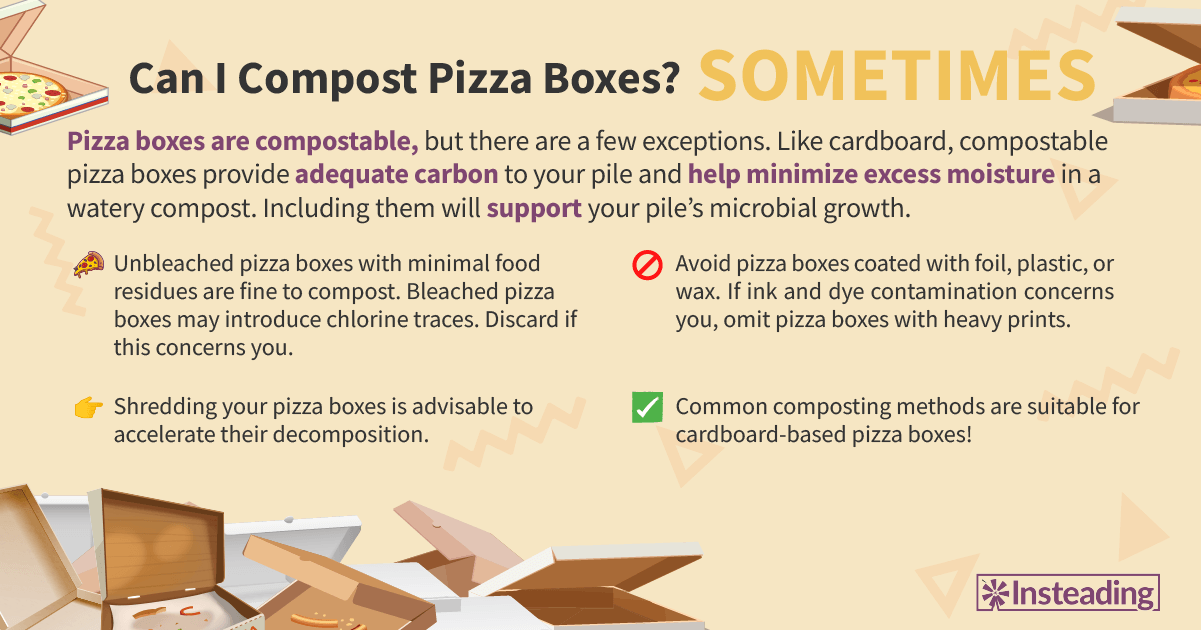
Wax- or foil-coated cardboard boxes should be commercially recycled instead of adding them to your compost pile. These pizza boxes may introduce harmful chemicals to the pile that persist in the resulting compost. Discard shiny and glossy pizza boxes because they break down into microplastics.
Discover other considerations below using our comprehensive composting guide!
Types of Pizza Boxes for Composting
Most delivery pizza boxes are made from fibrous cardboard that is generally compostable. Continue below for the types of compostable pizza boxes, and find out why they’re exceptional sources of carbon.
Unbleached Pizza Box
Characterized by their brown color, unbleached pizza boxes contain pulps from corrugated cardboard that hasn’t undergone any bleaching process. Their paper pulps are typically derived from recycled timber, woodchips, and other lumber wastes. When cut into small pieces, an unbleached pizza box provides your compost pile or bin adequate carbon as an energy source for composting microbes.
If you encounter unbleached pizza boxes with minimal colors or prints, it is still safe to add them to your compost pile in small amounts. However, if you are concerned about ink and dye contamination, consider discarding these boxes and looking for alternative composting options.
Unbleached pizza boxes may have grease or cheese stains (due to the nature of pizzas). Composting these boxes is still acceptable, but some composters and gardeners worry about oil leaks and problematic pests from contaminated pizza boxes.
In this case, you can cut out the oil-stained parts and manually remove any food scraps stuck on the box. Discard these unwanted parts, and add the remaining clean, brown cardboard material to your compost pile.
Bleached Pizza Box
White cardboard used in bleached pizza boxes undergoes bleaching treatment, commonly involving chlorine to effectively remove the lignin component of paper pulp. Compost piles and compost bins can tolerate traces of chlorine without affecting their pH levels. However, if you are concerned about soil contamination or bioaccumulative toxins linked to chlorine, it is best not to compost bleached pizza boxes.
Bleached pizza boxes with prints or oils can also be composted. However, if you prefer to keep your compost pile purely organic, consider discarding them instead.
How to Compost Pizza Boxes
To ensure successful composting of pizza boxes, key preparation and optimal composting conditions should be followed.
Preparing Pizza Boxes for Composting
Completely clear out your compostable pizza boxes from any nonbiodegradable components. Remove plastic or wax paper from the pizza box. Plastic sauce packets or dipping sauce containers won’t decompose inside a home compost pile. Additionally, you risk your valuable microorganisms with microplastics and other chemicals.
Separate any decomposable organic materials from the box like loose cheese, meat, mushrooms, peppers, onion rings, and others. Refrigerate any remaining take-out pizza. This way, you guarantee the cardboard pizza boxes are entirely carbon-rich ingredients.
To accelerate the decomposition, tear or cut your compostable pizza boxes into smaller pieces. Large pieces break down slower. You can save time by having them as tiny as possible. Common shredding techniques are applicable for pizza boxes:
Classic Shredding Method
Slice your compostable cardboard pizza box using a cutter along the corrugation lines. Cut them into 8-inch strips and continue to downsize them into 1-inch strips before adding to your compost pile or compost bin.
Wet Card Technique
By soaking the pizza cardboard in water, the pulp softens and becomes easier to rip apart. Simply fill a large tub with water and sink your compostable pizza boxes for two weeks.
Chipper Solution
For a faster shedding method, you may use an outdoor wood chipper. Omit all nonbiodegradable materials from your pizza box, roll before feeding them into the chipper’s mouth. In an instant, you have yourself readily usable pieces of pizza boxes for composting.
Optimal Composting Conditions for Pizza Boxes
To compost pizza boxes effectively, you must first meet optimal conditions as you would with any other biodegradable waste. Begin by shredding your compostable pizza boxes and mixing the pieces with nitrogen-rich food wastes as green ingredients. Add more carbon-rich materials, such as shredded paper or sawdust. Maintain a carbon:nitrogen ratio of 25 to 30:1 for efficient composting.
A dry compost leads to slower decomposition of your organic ingredients. Moisten the pile if necessary, but be cautious of excessive water as it can create an anaerobic environment. To minimize this issue, add more carbon materials and aerate the pile regularly.
The compost structure and microbial activity of the pile will benefit from cardboard pizza boxes. In hot compost piles, shredded cardboard allows oxygen to seep through your organic materials. These air pockets are helpful when maintaining the optimal temperature range of 90 to 140 degrees Fahrenheit in hot compost piles.
How Long Do Pizza Boxes Take to Compost?
Pizza boxes can decompose within 3 months in a well-maintained compost pile. Achieve the optimal composting conditions and prepare your compostable pizza boxes correctly.
How Pizza Boxes Affect the Composting Process
Shredding cardboard pizza boxes can help speed up the decomposition process, boost microbial activity, and soak up any excess moisture.
Impact on Decomposition
An efficient compost pile has a balanced ratio between brown, and green ingredients. Small pieces of pizza boxes mix better and decompose faster than larger chunks. Combine them with fruit scraps, vegetable clippings or even fresh grass clippings. If clumping among your materials occurs, turn the pile evenly.
Microbial Activity
Compostable pizza boxes contain carbon, which helps valuable microorganisms grow. These microorganisms break down organic waste and convert it into healthy compost for your garden. Maintain optimal conditions within the pile, and avoid chemicals that might harm composting microbes to keep microbial activity thriving.
Temperature and Moisture
Compostable cardboard pizza boxes are useful in hot compost because they create air pockets within the pile for aeration. Besides regularly turning the organic materials, these pockets make it easier to maintain the ideal hot compost temperatures between 90 and 140 degrees Fahrenheit.
When you’re out of dried leaves, shredded pizza boxes make a great substitute! They efficiently absorb excess moisture and supply sufficient carbon to the pile.
Potential Issues With Composting Pizza Boxes
Composting pizza boxes with immoderate food particles or grease can be problematic in a mismanaged pile.
Will Composting Pizza Boxes Attract Pests?
Improperly prepared pizza boxes with excessive residues can draw in problematic pests. Remove any pieces of pizza crust or loose toppings to minimize this risk. In a poorly managed pile, critters might search for food within it.
Turning the pile regularly, shredding your pizza boxes into smaller pieces, and burying them deep within the pile are practical precautionary measures.
Will Composting Pizza Boxes Cause Odors?
Grease and pizza scraps from pizza boxes can cause unpleasant odors in a mishandled compost pile. Preparing the compostable pizza boxes properly and maintaining optimal composting conditions within the pile alleviate this issue.
Methods for Composting Pizza Boxes
Pizza lovers can convert their boxes into nourishing compost using any of these methods.
Hot Composting
Shredded cardboard pizza box pieces work well in hot compost. They create air pockets in the pile, allowing oxygen vital to maintain optimal hot temperatures between 90 and 140 degrees Fahrenheit. Hot composting method “cooks” your organic materials with the help of the heat generated by composting microbes. However, hot composting can be challenging as it demands close monitoring and careful maintenance to produce successful compost for your garden.
Cold Composting
Gardeners who are composting for the first time should consider cold composting their pizza boxes. It requires less effort compared to hot composting but takes longer to produce nutritious compost. It involves naturally occurring microorganisms to break down your organic materials. Little to no human intervention is needed during the decomposition.
Lasagna Mulching
Lazy composters will also love lasagna mulching because it requires no shredding of compostable pizza boxes. Prepare your pizza boxes as you would when doing other methods. Remove any nonbiodegradable components and omit food excess from the cardboard box.
Lay the pizza boxes on your composting area, wet them to begin decomposition, and alternate layers of carbon and nitrogen ingredients. Ensure the mulch is at least 8 inches high.
The Los Angeles Times has a wonderful mulching recipe you can try in your garden or backyard!
Vermicomposting
Compostable pizza boxes work well as worm bedding. Make sure to shred or cut down the pizza boxes before going into your worm farm. Large pieces of pizza boxes may hinder worm activity and bin drainage.
Combine small pizza box pieces with other bedding materials like coconut coir and untreated wood chips. Avoid bleached, glossy, or heavily inked, wax-coated boxes, as they can harm your worm farm. Also, excessive grease from your pizza boxes should be omitted.
You can mix shredded cardboard pizza box with other food scraps for the worms. Introduce this mix gradually for a diverse diet that promotes your worm farm’s health.
Bokashi Composting
Some Bokashi composters advise against adding cardboard to your Bokashi bin — as it offers limited nutrients and can occupy space intended for food waste.
Alternatives to Composting Pizza Boxes
If composting is not an option, explore other sustainable alternatives. Landfills should be the last option for your pizza boxes. A recycling cart or a recycling bin are great secondary choices.
Industrial Composting of Pizza Boxes
When a home compost isn’t readily available, contact your nearest industrial composting facility. These large-scale centers can accept cardboard pizza boxes and other organic household items. Learn how they accept such materials and prepare them accordingly before dropping them off or scheduling a curbside collection.
Recycling Pizza Boxes
Clean, corrugated pizza boxes are recyclable. Like other cardboard products, pizza boxes can be downcycled into thinner paperboards and other paper products. Columbia, New Jersey, Pennsylvania, Rhode Island, and Wisconsin are some states dedicated to paper and cardboard recycling programs. Use this recycling locator to find the nearest recycling facility in your area.
Most recycling facilities cannot accept pizza boxes with excess grease or food residues. The recycling industry utilizes water, but oils and food bits on your pizza boxes don’t mix well with the liquid. This may hinder the recycling process and render the greasy pulp unusable, wasting valuable resources at the facility.
To avoid this, you can cut out the oil-stained parts of your pizza boxes and dispose of them in a green bin. Throw the remaining clean parts to a recycle bin.
Upcycling Pizza Boxes
Like any other cardboard-based products, pizza boxes are popular among upcyclers. Here are some creative ways to upcycle them.
Pizza Boxes as Planters
Clean pieces of cardboard pizza boxes can be remade into useful planters. Simply fold the pieces together to form a container or a holder. Secure each side of the planter with duct tape. Poke holes at the bottom for drainage and fill it up with your garden soil and healthy compost.
Plant your seeds and wait until they grow and are ready for transfer.
Pizza Boxes as Birdhouse
Another great way to invite nature into your garden is by repurposing pizza boxes into a birdhouse. Cut and assemble the pieces. Decorate as you wish and mount it near your outdoor bird feeder.
Pizza Boxes as Cat Bed
Provide comfort to your household cat with a homemade bed. Make sure to use pizza boxes with zero to minimal staining. Simply close the box or open it without the lid so your cat can stretch out and sleep. Add an unused blanket or spare pillow if you’d like.
Disposal Options for Pizza Boxes
If none of the options above are possible, you should properly segregate pizza boxes and dispose of them in an appropriate waste bin.
What Pizza Boxes Shouldn’t Be Composted?
Dispose mushy pizza boxes with too much grease or moisture from excess food scraps.
Avoid shiny and glossy pizza boxes because they contain nonbiodegradable polyethylene. This particular compound becomes microplastics overtime which can negatively impact your soil’s health and plant growth.
Colored pizza boxes may contaminate your compost with dye and ink, although many manufacturers now use eco-friendly fixatives and paints. If possible, contact the manufacturer of your pizza box to confirm.
Traces of chlorine can leak into your compost from bleached pizza boxes. If you’re feeling unsure about the nature of these pizza boxes, discard these types to keep your compost pile purely organic.
Safety and Precautions When Composting Pizza Boxes
Remove all nonbiodegradable components from your compostable pizza box like adhesives, plastics, or staples. After handling any pizza boxes contaminated with food scraps or grease, wash your hands with soap over running water.
FAQ
Can you compost pizza savers?
Pizza savers are not compostable because they are made of plastics. To safeguard your compost from unwanted chemicals and microplastics, isolate pizza savers from compostable pizza boxes and throw them in the appropriate trash bin.
How do I remove grease from pizza boxes before composting?
You can compost small amounts of greasy pizza boxes. If you worry about oil leaks or potential pests disrupting the composting process, cut out the oil-stained sections and throw them away in a green bin. Then, add the rest of the clean pizza cardboard to your compost as a carbon material.
Can you throw pizza boxes into a green bin?
Parts of the United States mandate “green bins” where households can throw their compostable and biodegradable wastes. If you have large amounts of greasy pizza boxes or ones heavily tainted with food residue, you can safely throw them to the nearest green bin.




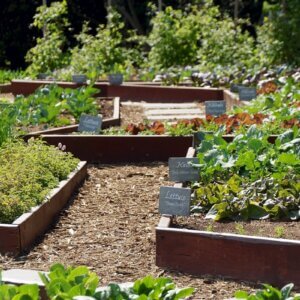


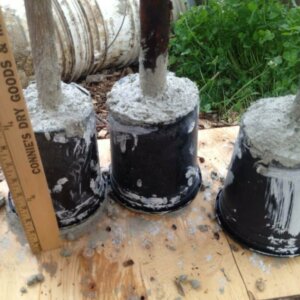
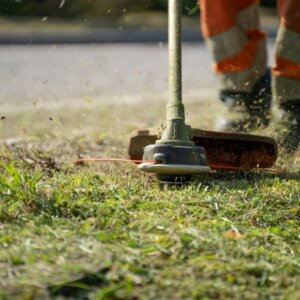





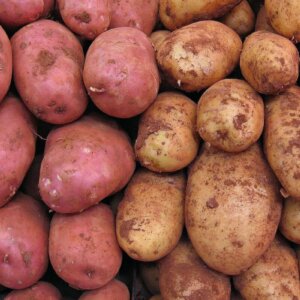



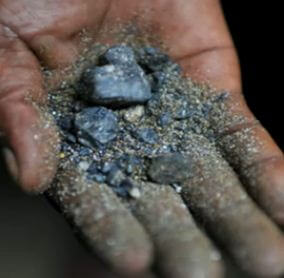
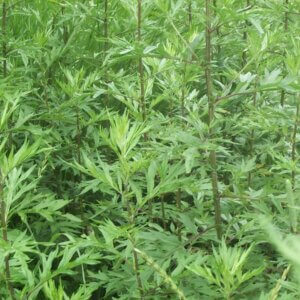



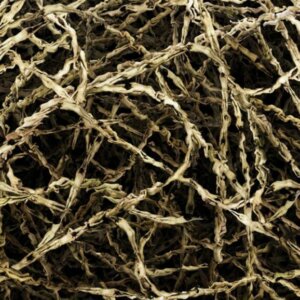


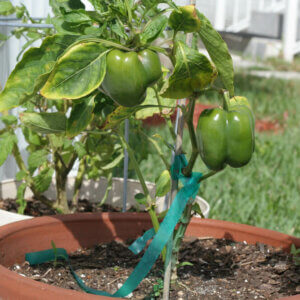
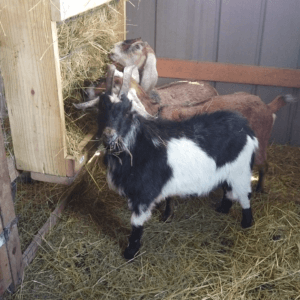


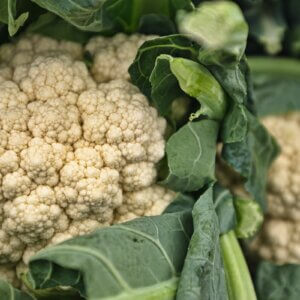







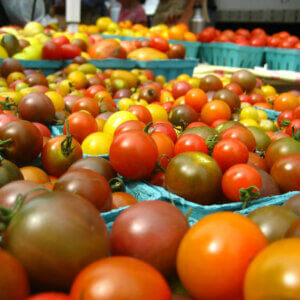
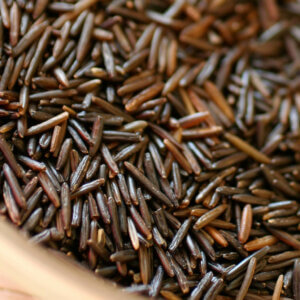
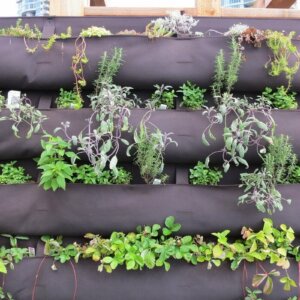

Leave a Reply